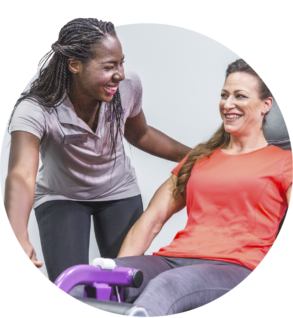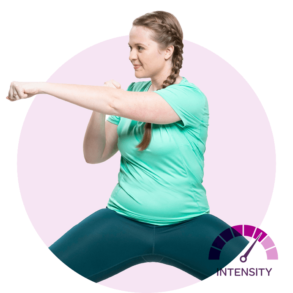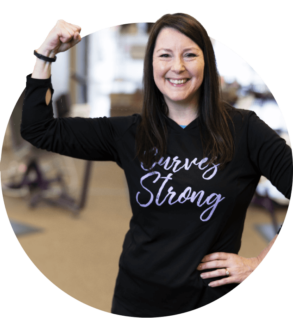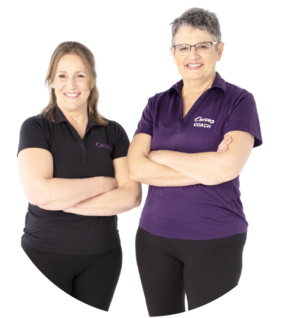Laugh it Off
What’s a workout without a little giggle? It’s not as effective, research shows. Studies have found adding laughter to an exercise program not only improves physical fitness, it can boost mental health and confidence, too. It also helps lower your risk for a number of chronic conditions, including high blood pressure and cardiovascular disease.
In a study done at Georgia State University, for six weeks, older adults participated in two weekly group exercise programs that added simulated laughter into a strength, flexibility and balance workout.
During simulated laughter, instructors stress eye contact and playful behaviors with fellow exercisers. Eventually, the pretend laughter turns into genuine laughter. These techniques stem from the notion that your body can’t tell the difference between laughter that results from something funny and laughter that started as a part of an exercise.
In the study, each session was 45-minutes long and included eight to 10 laughter exercises lasting 30 to 60 seconds. Because laughter has been proven to strengthen and relax muscles, researchers induced laughter after every two to four balance, flexibility and strength exercises.
At the end of the study, 96.2 percent of the people said they found laughter to be an enjoyable part of the exercise routine; 88.9 percent said their experience with the program motivated them to get involved with other exercise activities; and 88.9 percent said laughter made the exercise easier to do.
Additional research has found that a hearty laugh can lower stress and pain, strengthen social ties, and boost your immune system. In one study, 300 participants watched clips from either a stressful (Saving Private Ryan) or funny (There’s Something About Mary) movie. Those who watched the comedy saw a 30 to 40 percent increase in the diameter of the blood vessels in their hearts—similar to the increase that happens during exercise–compared to those who watched the tense movie.
The act of laughing itself can exercise your abs, too. Anyone who has ever had a good belly laugh knows the feeling after, as though you’ve done a few sets of crunches. And because laughing feels so good, it can make exercise more fun and motivate you to stick with it, too.
Then of course there are the benefits of physical activity overall. Regular exercise programs like the Curves circuit that get your heart pumping for 30 minutes or more do so much good for your body. Resistance workouts, especially moves that emphasize balance and power, not only make you stronger, they boost your confidence, encourage you to stay active and reduce fractures by preventing falls.
So, now that we know exercise and laughter are such a good pair when it comes to health, how do you combine the two? Here are a few tips:
Fake it ‘til you make it
As the Georgia State University study showed, pretend laughter can lead to real, uncontrollable laughter throughout the group because of the sheer silliness of it all. Even if it doesn’t, fake laughter appears to have the same health benefits as the real thing. So, try adding some giggles to your next Curves circuit.
Look for the humor in negative moments
You trip and fall at the start of your exercise routine. As long as you’re not hurt, you have two choices: shrink and feel humiliated and think something like, “why do these things always happen to me?” Or, you can laugh at the situation, pretend it was a skilled dismount in the Olympics, and add a beneficial boost to your workout.
Grin and bear it
Almost as good as a full-blown laugh during your exercise routine: a smile. Smiling activates brain chemicals that help fight stress. As a result, your body relaxes, and your blood pressure and heart rate drop.
Get fit with your friends
To make your workout more fun, go to Curves with a few friends. Not only will you have a community of support as you exercise, you will laugh together and maximize the health benefits.
The Curves women’s gym workout is convenient, combining strength training and cardio plus stretching – all in just 30 minutes – to strengthen your whole body. For more information about Curves and the full body workouts the Curves Circuit provides, visit ‘Why Curves‘.








